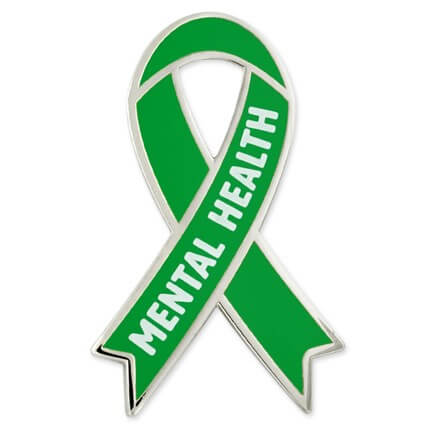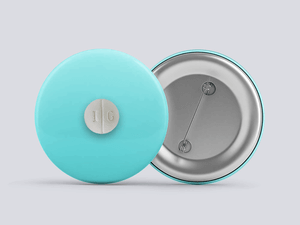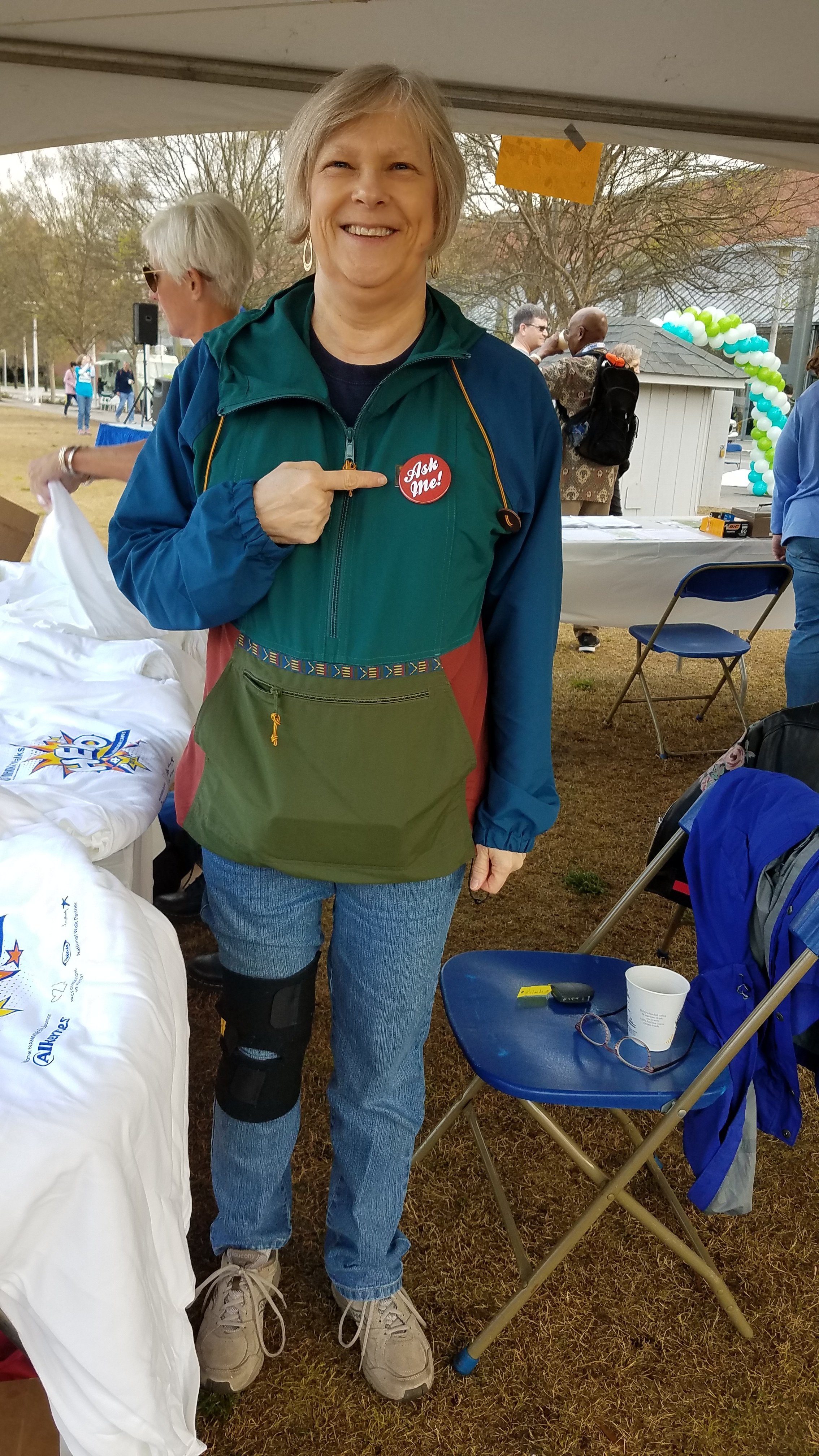- The Ultimate Guide to Journaling: How To Teach Expressive Writing - June 13, 2022
- Journaling: How To Use Writing To Support Your Mental Health - May 27, 2022
- How To Honor National Mental Illness Awareness Month With Action - October 3, 2021
Last Updated on January 17, 2025
With one in five people having a diagnosis, most families have experience with the struggle of mental illness. That makes it critical to support those with a diagnosis and their caregivers. There are many creative ways to talk about mental health so that those who are struggling know that they are not alone.
Traditional advocacy options include calendar events. Mental Health Month is May, a month designated for mental health-related organizations to hold events to build an understanding of mental illness and increase access to treatment. Children’s Mental Health Awareness Week is also in May.
And July is National Minority Mental Health Awareness Month.
Plus, don’t miss October’s Mental Awareness Week; Congress established it in 1990 to recognize the National Alliance on Mental Illness’s (NAMI) efforts.
With your calendars duly marked, you can be done thinking about mental illness. Participate in an event in May, maybe another in July, and possibly make a donation in October and you will have made a difference. And you’re all done, right?
Actually, the fight for improved mental health care and better diagnoses, treatment, and quality of life for those with mental illness is a 24/7-, 365-day-year struggle. You can remain active and make a difference in a bazillion ways year-round.
In sum, if you want to become involved with fighting stigma, raising awareness, and encouraging funding, your opportunities for creative ways to talk about mental health are many and diverse. Let me introduce just a few.
Fight Stigma
Stigma is the #1 reason people do not seek treatment for mental illness. Here are several things you can do to fight it.

NAMI’s 2019 campaign WhyCare? is intended to emphasize how the “power of caring” can make a life-changing impact on the more than 40 million people in the US who face the day-to-day reality of having a mental health condition.

[Like the creative Wear Your Meds campaign? Browse more examples of artistic activism.]
Your Heart on Art is a nonprofit agency that helps individuals and their loved ones struggling with grief, fear, pain, and anger learn to express themselves with creativity and color. In a safe, criticism-free environment, participants look within themselves and discover how to articulate emotions and events using paint and colors. Your Heart on Art is the brainchild of Eileen Wallach, an LCSW in Nashville, Tennessee, who has training in art therapy and who has been active in suicide education and prevention in Tennessee for many years.
Raise Mental Health Awareness
Consider taking one or more of these training programs to become a mental health advocate.
Mental Health First Aid is an 8-hour course that teaches you how to help someone who may be experiencing a mental health or substance use challenge. The training enables you to identify, understand, and respond to signs of addictions and mental illnesses.
NAMI Smarts for Advocacy is a hands-on advocacy training program that helps people living with mental illness, friends and family transform their passion and lived experience into skillful grassroots advocacy.
The QPR Institute has trained more than 2.5 million people so far. Its simple three-step process of Question-Persuade-Refer has been proven to save lives and reduce suicidal behaviors. QPR training is available in hundreds of cities across the US and can be taken online.
Man Therapy uses a unique blend of humor and evidence to help men learn how to better talk about their mental health issues—and get the help they need. Humor is the key. Check out this episode about how men do yoga as proof.
While some say the Internet is only tearing the US apart, some are using digital communication to help provide crucial support and services to those who may be suffering from mental health issues. Big White Wall is a global digital platform and community, which supports its members to self-manage their care with the collaboration and guidance of clinicians, caregivers, and peers.
[Are you ready to mobilize, too? Read Make a Difference with Mental Health Activism.]
Encourage Funding

Funding is desperately needed for improvements to mental health care and treatment. Consider becoming involved in these ways.
Participate in NAMIWalks. Each NAMIWalks is a 5K (3.1 miles) event that promotes awareness about mental illness and raises funds for NAMI organizations across the country. With more than 100 NAMIWalks taking place each year, there is one near you. Join the movement and walk with us for mental health.
A service of Mental Health America, the MHA Advocacy Network is comprised of thousands of individuals nationwide who take an active role in protecting America’s mental health through legislative advocacy.
Have a Facebook fundraiser, a simple way to request donations to the non-profit organization of your choice. Folks have fundraisers for birthdays, graduations, and for any life event. Or for no particular reason whatsoever.
What Can You Do?
What can you do? Change must come from the ground up. Individuals. Families. Places of work. Houses of worship. In fact, individual efforts grow and spread to ever-higher tiers of power and authority. Grassroots activism breaks down obstacles and puts mental wellness and well-being for all within our reach.
Read Trish Lockard’s Series on Mental Illness
- Think the Pandemic Was Hard? Consider the Impact on Those With Mental Illness
- With Mental Illness You Won’t Get a Casserole
- Stigma: A Thorn in the Side of Mental Health Care
- 12 Creative Ways to Support Mental Health
- Realizing The Impact of Mental Illness On My Family (NAMI)
Trish’s Blog at Strike The Write Tone
READ NEXT
Make a Difference with Mental Health Activism
At the Intersection of Activism and Illness
How Do Activists Describe the Cause Closest to Their Heart?
Book Review: “You Are Not Alone” Delivers Hope for Mental Health




Pingback: Stigma: A Thorn in the Side of Mental Health Care • Life At the Intersection
Pingback: With Mental Illness You Won’t Get a Casserole • Life At the Intersection
So wonderful that you have found a solid outlet for your concern!
Thanks, Michele. Trish is an amazing advocate for mental health.
Pingback: Monday InLinkz Join us at 166 Senior Salon
Pingback: The Olympics Open the Door to an Athlete Mental Health Conversation
Pingback: Find The Cause Closest To Your Heart
Pingback: Journaling: How To Use Writing To Support Your Mental Health
Pingback: Suicide Prevention at the Heart of Activist’s Memorial Efforts
Pingback: How to Honor Mental Illness Awareness Week with Action